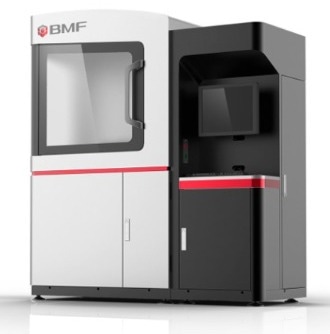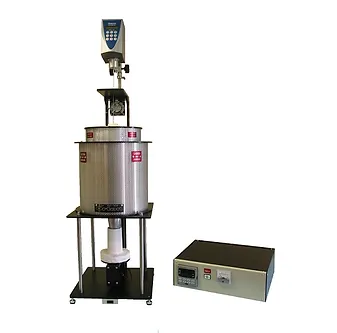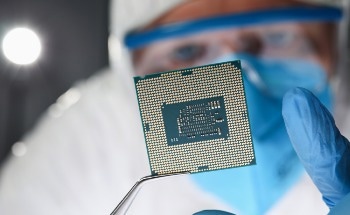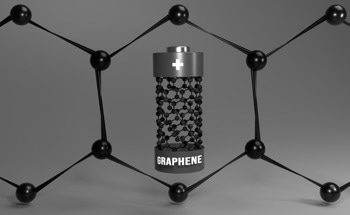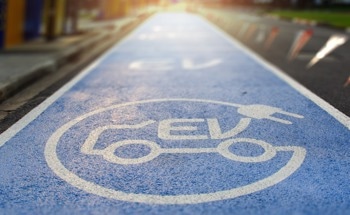Scanning lasers -- from barcode scanners at the supermarket to cameras on newer smartphones -- are an indispensable part of our daily lives, relying on lasers and detectors for pinpoint precision.
Distance and object recognition using LiDAR -- a portmanteau of light and radar -- is becoming increasingly common: reflected laser beams record the surrounding environment, providing crucial data for autonomous cars, agricultural machines, and factory robots.
当前的技术从移动镜子上弹出激光横梁,这是一种机械方法,导致扫描速度和不准确性较慢,更不用说设备具有激光器和镜子的设备的较大物理尺寸和复杂性。
出版自然通讯,京都大学工程研究生院的一个研究团队描述了一种利用“光子晶体”的新光束扫描设备,从而消除了运动部件的需求。
研究人员没有在有序的阵列中排列晶体的晶格点,而是发现改变晶格点的形状和位置会导致激光束以独特的方向发射。
“What results is a lattice of photonic crystals that looks like a slab of Swiss cheese, where each crystal is calculated to emit the beam in a specific direction,"explains Susumu Noda, who led the team.
“通过消除机械镜,我们制造了更快,更可靠的横梁扫描装置。”
Photonic crystal lasers are a type of 'semiconductor laser' whose lattice points can be regarded as nanoscale antennae, which can be arranged to cause a laser beam to be emitted perpendicularly from the surface. But initially the beam would only go in a single direction on a two-dimensional plane; the team needed more area to be covered.
 Compilation of the top interviews, articles, and news in the last year.
Compilation of the top interviews, articles, and news in the last year.



